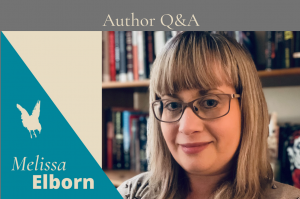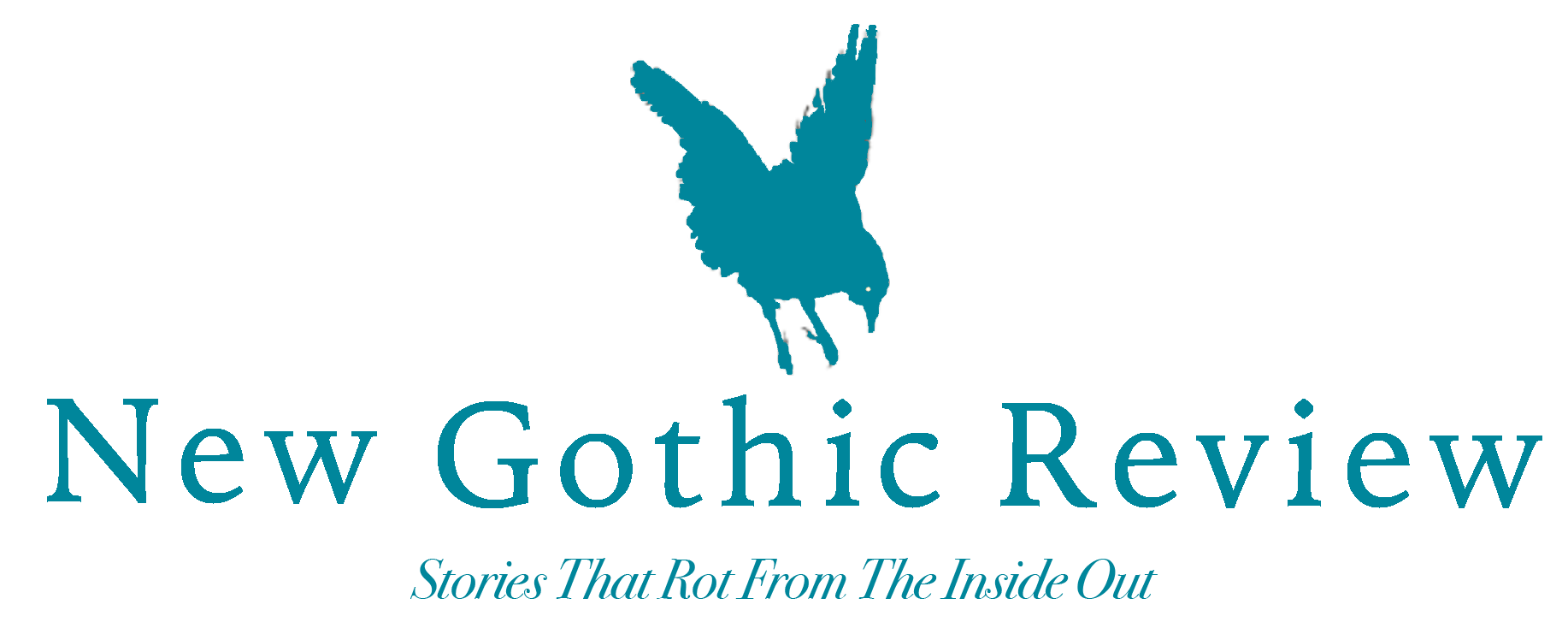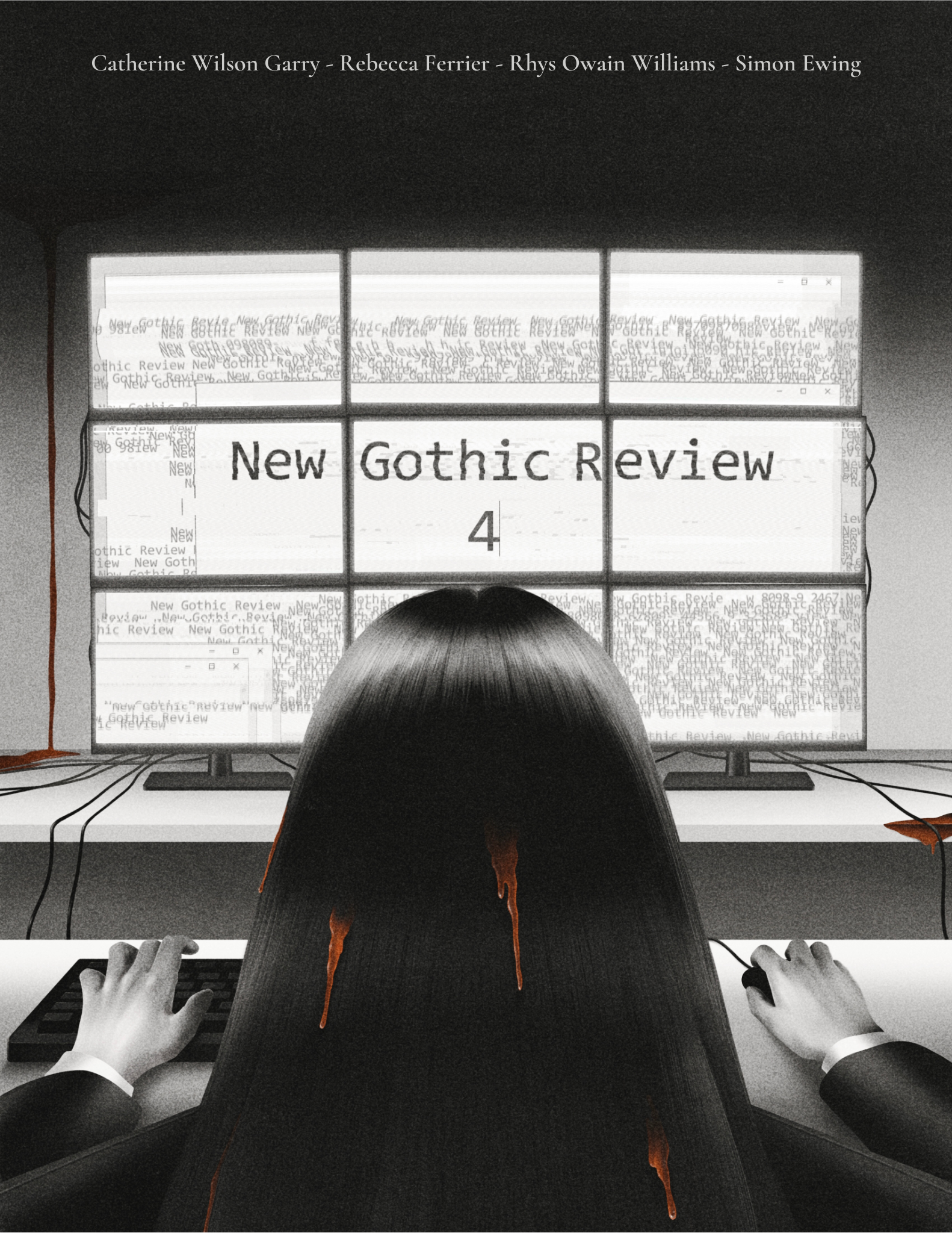
Melissa Elborn is a writer of contemporary gothic fiction, exploring the uncanny and the abject. Her short fiction has appeared in Horla Horror, Spelk Fiction, Black Hare Press and is forthcoming in The Dread Machine. Melissa haunts deepest, darkest Bedfordshire in England. Follow her on Twitter @MelissaElborn.
We’re pretty faithless to formal definitions of what’s gothic and what isn’t. If you strip away the tropes and the familiar imagery, what do you feel is at the heart of gothic literature?
For me, at the heart of gothic literature is the exploration of fear and repulsion. This fear could be psychological, physical or environmental – it could be the frisson of goosebumps on your skin, a creeping sense of unease, or outright terror and disgust. There are many forms and shapes of the gothic, but for me it does come back to these primal emotions of fear and repulsion. Many genres and literary fiction will cover the emotions of fear and disgust too, but where I feel the gothic is different is that it zooms into these emotions, forcing us to confront things we would rather avoid or repress. Gothic for me is a visceral experience – it is something that is felt or experienced in the mind and body.
How do you feel “Colour of Pain” fits into that conception of gothic literature?
The Colour Pain fits very well into my own definition as it is very much about uncomfortable emotions and the repression of guilt and shame. Fear runs through the story and in particular, fear of your own body. When you feel disconnected and afraid of your own body and mind – there is no escape. This type of fear is more frightening to me and more complex to explore in fiction. With simple phobias such as being scared of heights or spiders, it relatively easy to avoid these if we choose to. But a fear that is rooted in your physical body or from guilt over a past act that you cannot change – these are the fears that can manifest in unusual ways and provide a rich well for gothic literature to drawn from.
Can you speak to any inspirations or influences for the piece?
This story was inspired by a mixture of my personal experiences, and things that I connected with during my reading and research. The starting point for this story were my reflections about getting through a very tough period of dealing with anxiety and dissociation. One of the most disturbing symptoms for me was feeling disconnected from my own body – called depersonalisation. When anxiety levels get very high, the mind starts to disconnect from the body, it’s actually a way of your mind protecting you. Most of us have heard of the ‘fight or flight’ response but there is also a ‘freeze’ response that can kick in. But it was a frightening experience for me at the time, and how it manifested for me was feeling disconnected from my hands, especially when driving a car. I took this fear and experience to an extreme in this story but at its root was a fear I was familiar with. When I read about someone’s experiences of living with synesthesia – an additional sensory ability that can result in words and music having colours and tastes – I knew I had found the perfect juxtaposition for the story. It allowed me to contrast the full sensory experience of emotion with the state of being frozen and numb by a previous trauma. This is a common approach I take with my stories – taking something I have a genuine fear about and exploring it through difference approaches and viewpoints.
What piece of writing advice do you hold most dear?
There is a common saying ‘dance like nobody is watching’, and I have changed this to ‘write like nobody is reading’. The point being that in the early process of drafting, you need to silence your inner critic and find that state where words flow freely without constant analysis. This critical voice comes much later and is a vital skill but not at the start of the writing process. I listened to a talk recently by Samantha Clark, an artist turned memoirist, who spoke about writing being like sculpting except you have the make the clay yourself. I resonate a lot with this – you have to make the words, your ‘clay’, before you can sculpt and define.
We hope this magazine assists in blurring the perceived lines between so-called “genre fiction” and “literary fiction.” As a writer, do you embrace one of these categories over another? Why?
I don’t consciously embrace one of these categories over another. I read plenty of both genre and literary fiction. When I’m reading, I’m looking for writing that will draw me in, show me something unexpected, make me feel an emotion, and challenge my assumptions. There are plenty of examples of both genres and literary fiction which do all these things. As a writer, I am drawn to the darker side of fiction exploring fear and the unknown. I know that I don’t want to write anything that could be perceived a formulaic or follow common patterns and structures. This means I am probably more on the ‘literary’ side but my fascination with the macabre and the uncanny also means I will always have a foot firmly in the horror genre.
We love learning about writers who have “gothic/ weird” tendencies but who typically aren’t labeled as “gothic.” Who’s someone you recommend we check out?
I’d recommend Sarah Moss, and in particular her novel ‘Ghost Wall’. Sarah Moss is a British writer who would be shelved in the literary fiction section in a bookstore. However, in ‘Ghost Wall’ there is a creeping sense of dread and unease that saturates the pages. Her depiction of the eerie English landscape is haunting, as is the undercurrent of violence. Her latest novel ‘Summerwater’ creates a similar claustrophobic unease in a rain-drenched holiday park in Scotland.




